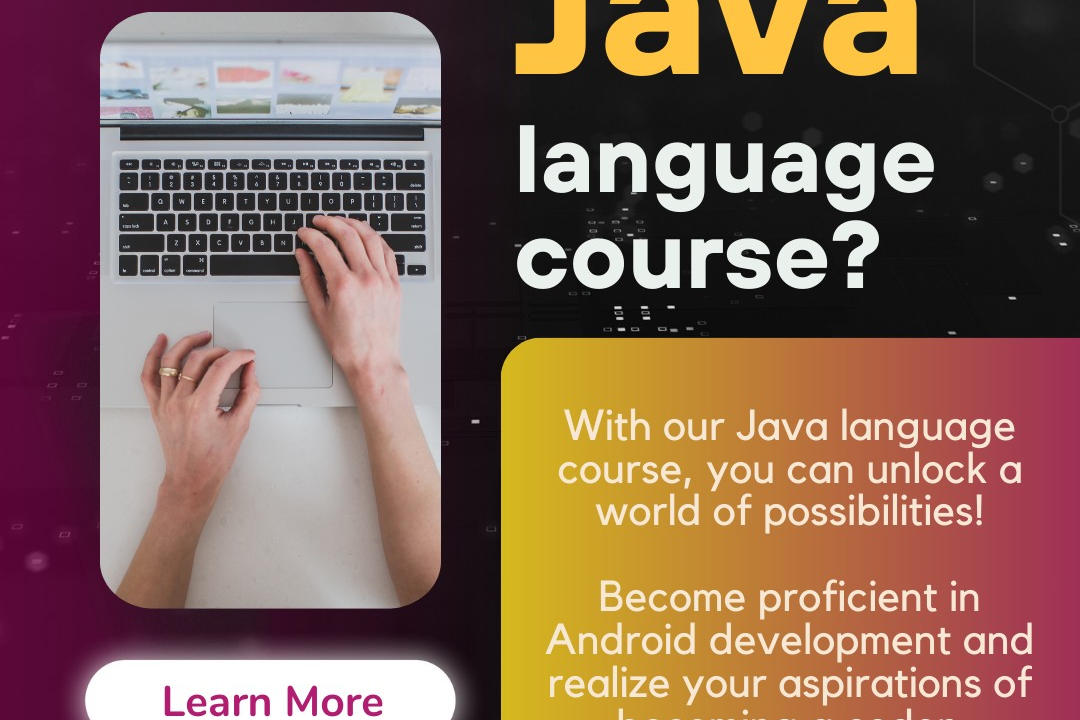Java User Interface Design
Designing User Interfaces in Java: Best Practices and Techniques
Java User Interface Design
Java User Interface (UI) Design involves creating interactive elements in applications using various frameworks and libraries that enhance user experience. The primary frameworks for UI design in Java are Swing and JavaFX. Swing, part of the Java Foundation Classes (JFC), provides a rich set of lightweight, platform-independent components, such as buttons, text fields, and tables, which can be easily customized and extended. JavaFX, on the other hand, is a more modern framework that supports advanced graphics, animations, and CSS styling, enabling developers to create sophisticated and visually appealing applications. Both frameworks allow developers to employ design patterns like MVC (Model-View-Controller) to separate the application logic from the user interface, leading to cleaner code and improved maintainability. Good UI design in Java also emphasizes usability, accessibility, and responsive design, allowing applications to operate seamlessly across various devices and platforms.
To Download Our Brochure: https://www.justacademy.co/download-brochure-for-free
Message us for more information: +91 9987184296
1 - Introduction to Java UI Design
An overview of Java's capabilities in UI design, including the importance of user centric design and the types of applications that can be built using Java (desktop, web, mobile).
2) Understanding GUI Basics
Explanation of graphical user interface (GUI) components, including buttons, labels, text fields, and how these elements interact with the user.
3) Java Swing Framework
Introduction to Swing, a part of Java Foundation Classes (JFC), which provides a rich set of GUI components that allow for the development of cross platform applications.
4) JavaFX Overview
Discussing JavaFX as a modern alternative to Swing, emphasizing its capabilities in building rich internet applications with a more contemporary look and feel.
5) Layout Managers
Teaching the importance of layout managers in organizing GUI components. Cover types such as BorderLayout, FlowLayout, GridLayout, and BoxLayout.
6) Event Handling in Java
Explaining the event driven programming model, including how to handle user inputs and actions through listeners and event sources.
7) Creating a Basic Swing Application
A step by step guide to setting up a simple Swing application, showcasing the fundamentals of creating windows, panels, and adding components.
8) JavaFX Scene Graph
Understanding the scene graph architecture of JavaFX, where the interface is structured in a hierarchical way, making it easier to manage component relationships.
9) Styling with CSS in JavaFX
Demonstrating how to use CSS for styling JavaFX applications to enhance visual appeal and user experience.
10) Responsive Design Principles
Introducing concepts of responsive design within Java applications, ensuring that UI components adapt well to different screen sizes and resolutions.
11) Accessibility in UI Design
Discussing the importance of making applications accessible to people with disabilities, including screen reader support and keyboard navigation.
12) User Feedback and Interaction
Methods to enhance user interaction through feedback mechanisms such as tooltips, status messages, and progress bars.
13) Input Validation Techniques
Best practices for validating user input to prevent errors and ensure data integrity within the application.
14) Integrating with Databases
Brief overview of how to create data driven applications, connecting Java UI components to databases using JDBC.
15) Testing and Debugging UI Applications
Strategies for testing UI applications effectively, including using JUnit for unit testing and tools for usability testing.
16) Deployment of Java Applications
Preparing students for deploying Java applications to various environments, including using JAR files and packaging with JavaFX.
17) Capstone Project
Encouraging students to apply their learned skills in a final project where they design and implement a complete Java GUI application.
These points should help guide the training program, providing students with a comprehensive understanding of Java User Interface Design.
Browse our course links : https://www.justacademy.co/all-courses
To Join our FREE DEMO Session: Click Here
Contact Us for more info:
- Message us on Whatsapp: +91 9987184296
- Email id: info@justacademy.co
machine learning python beginner












